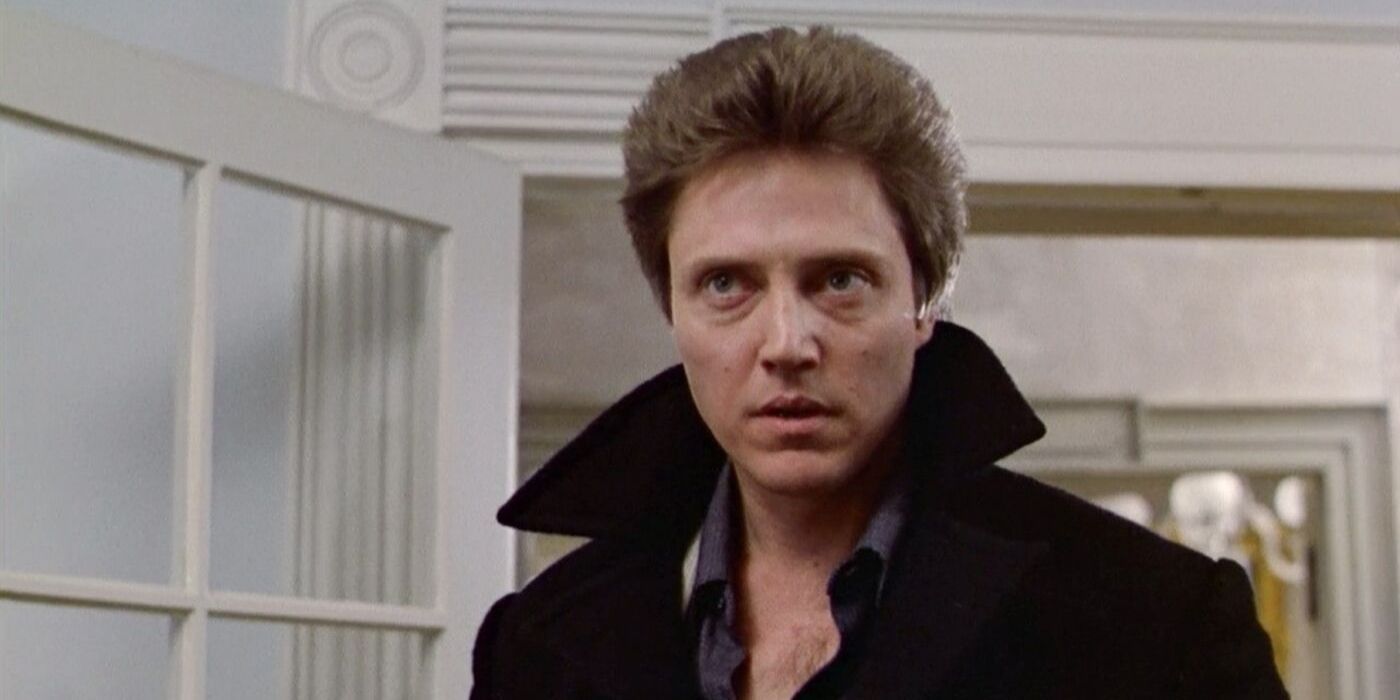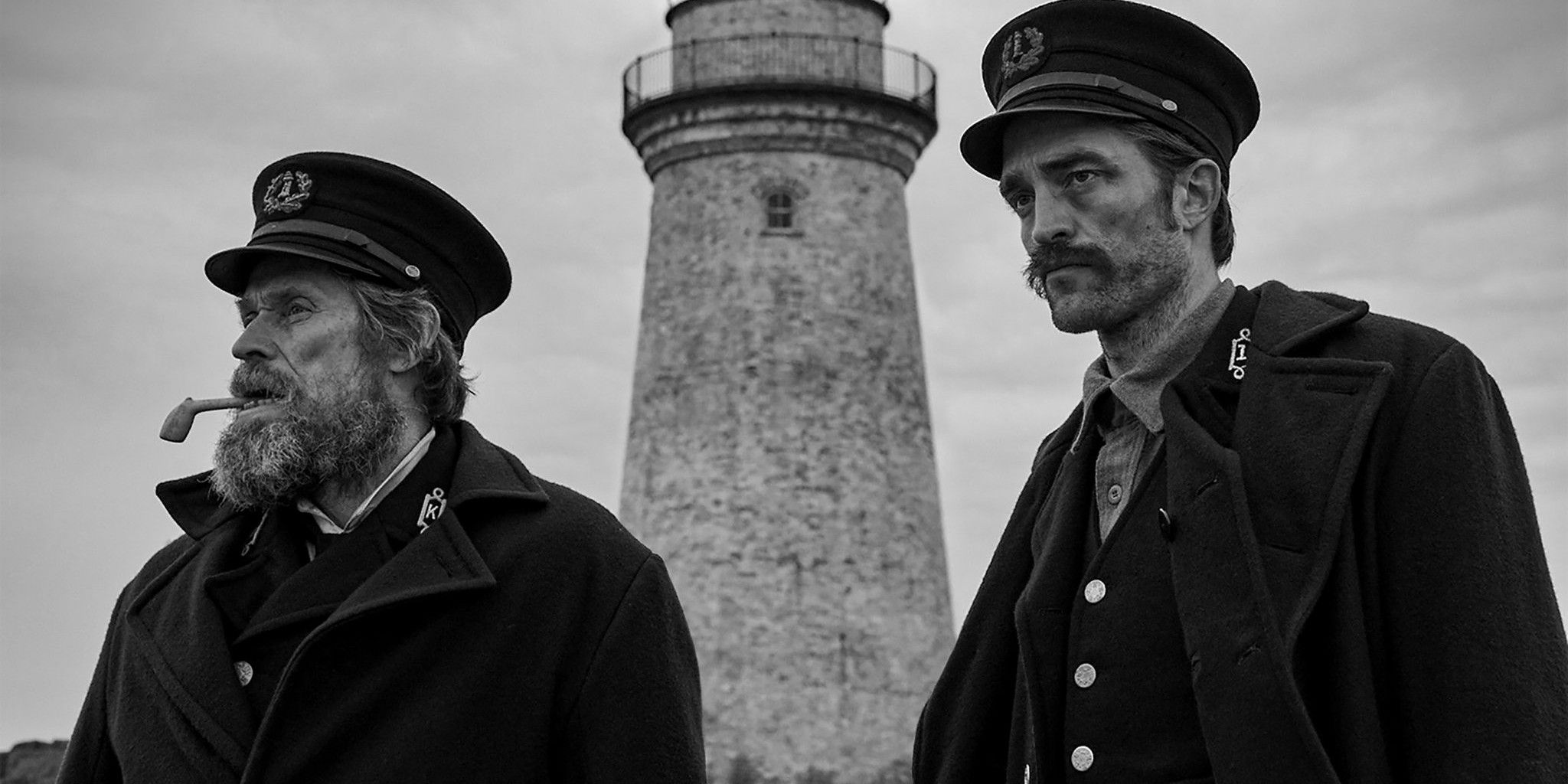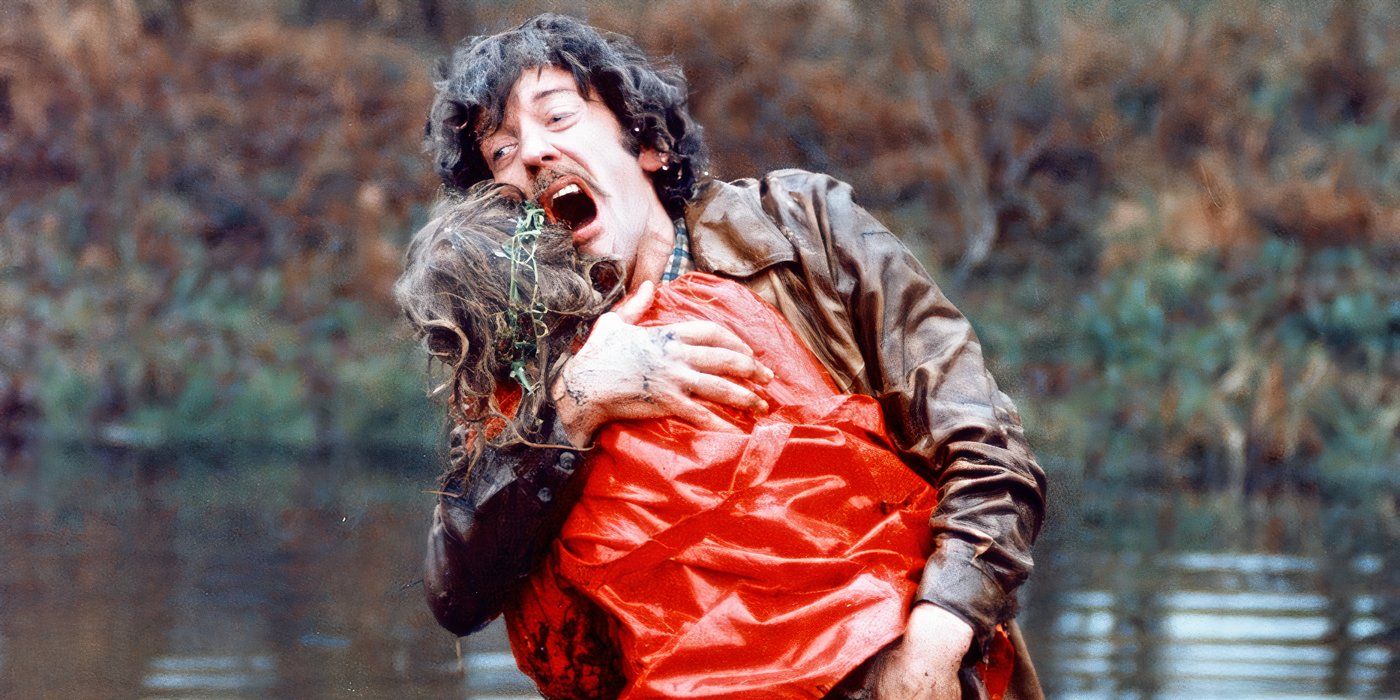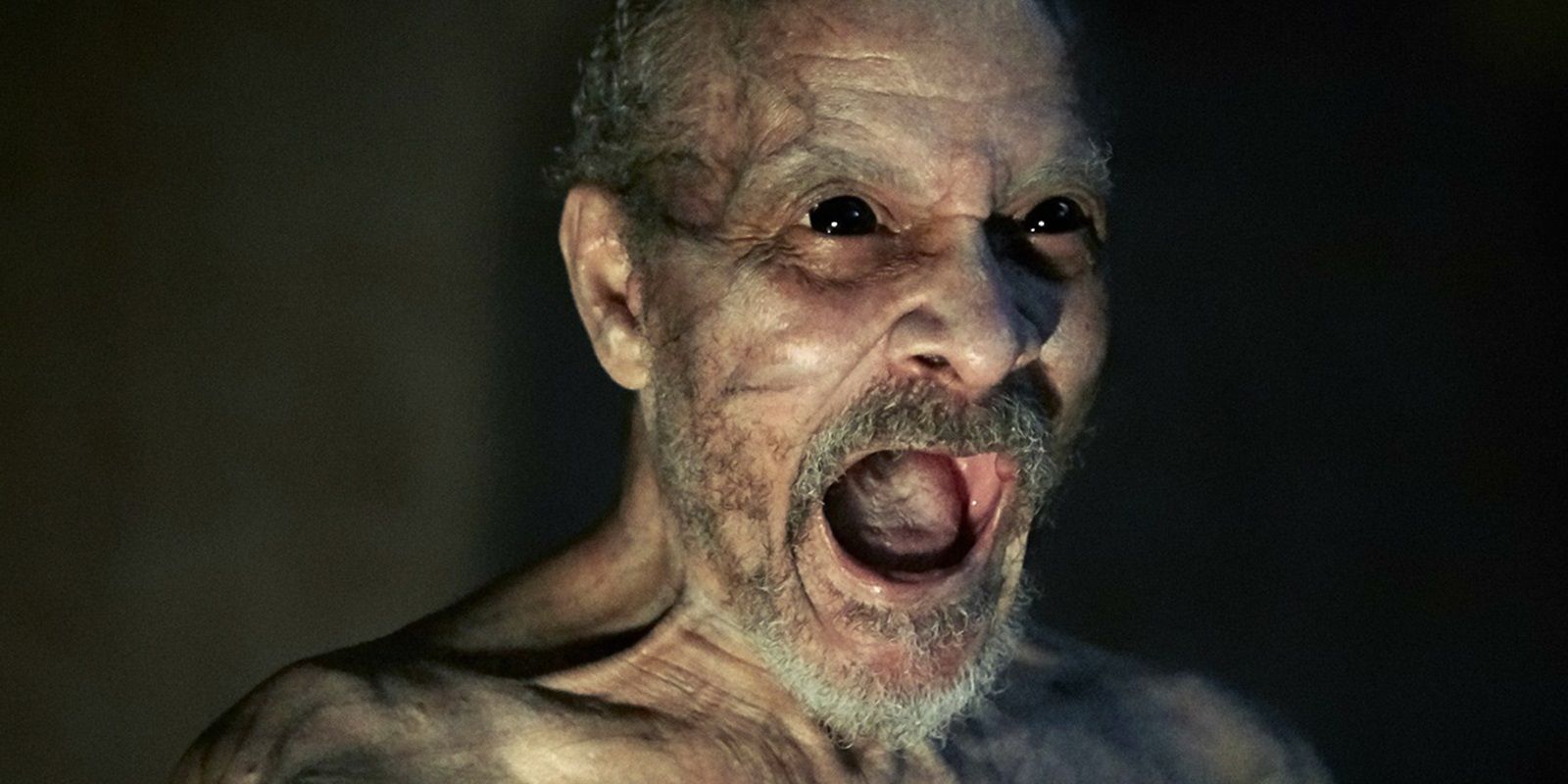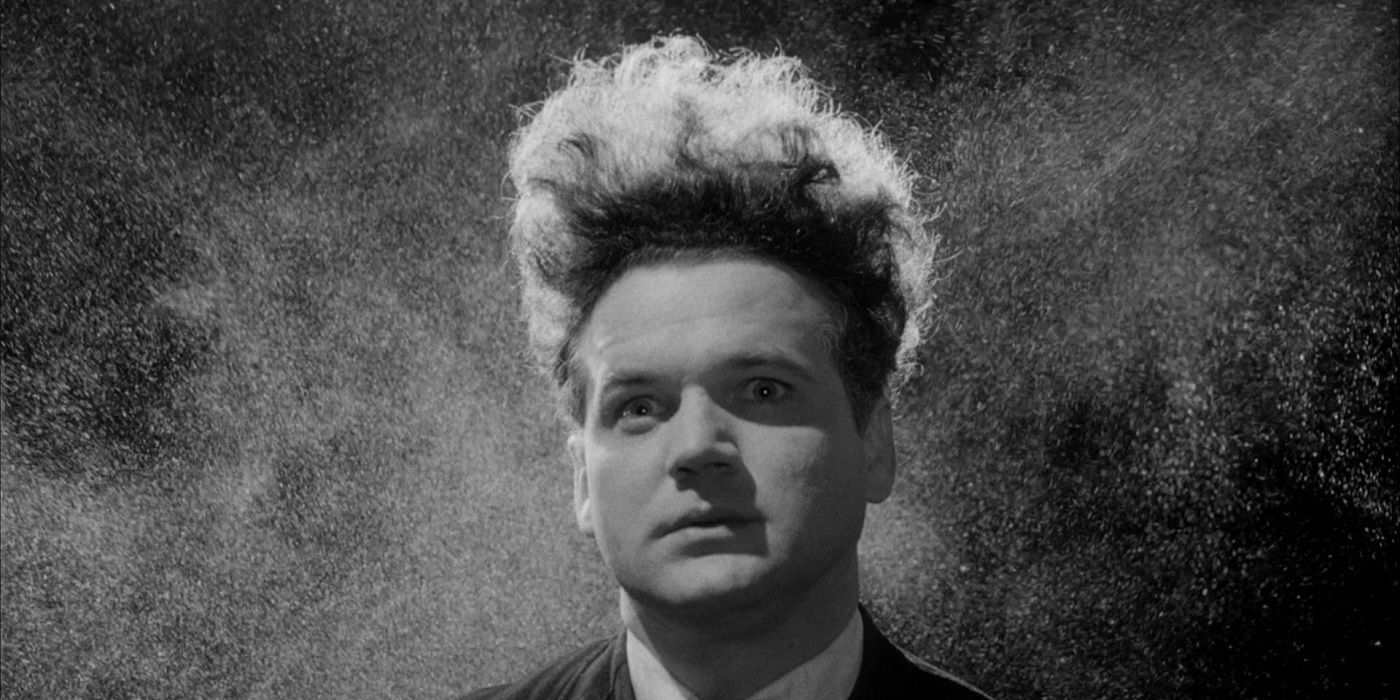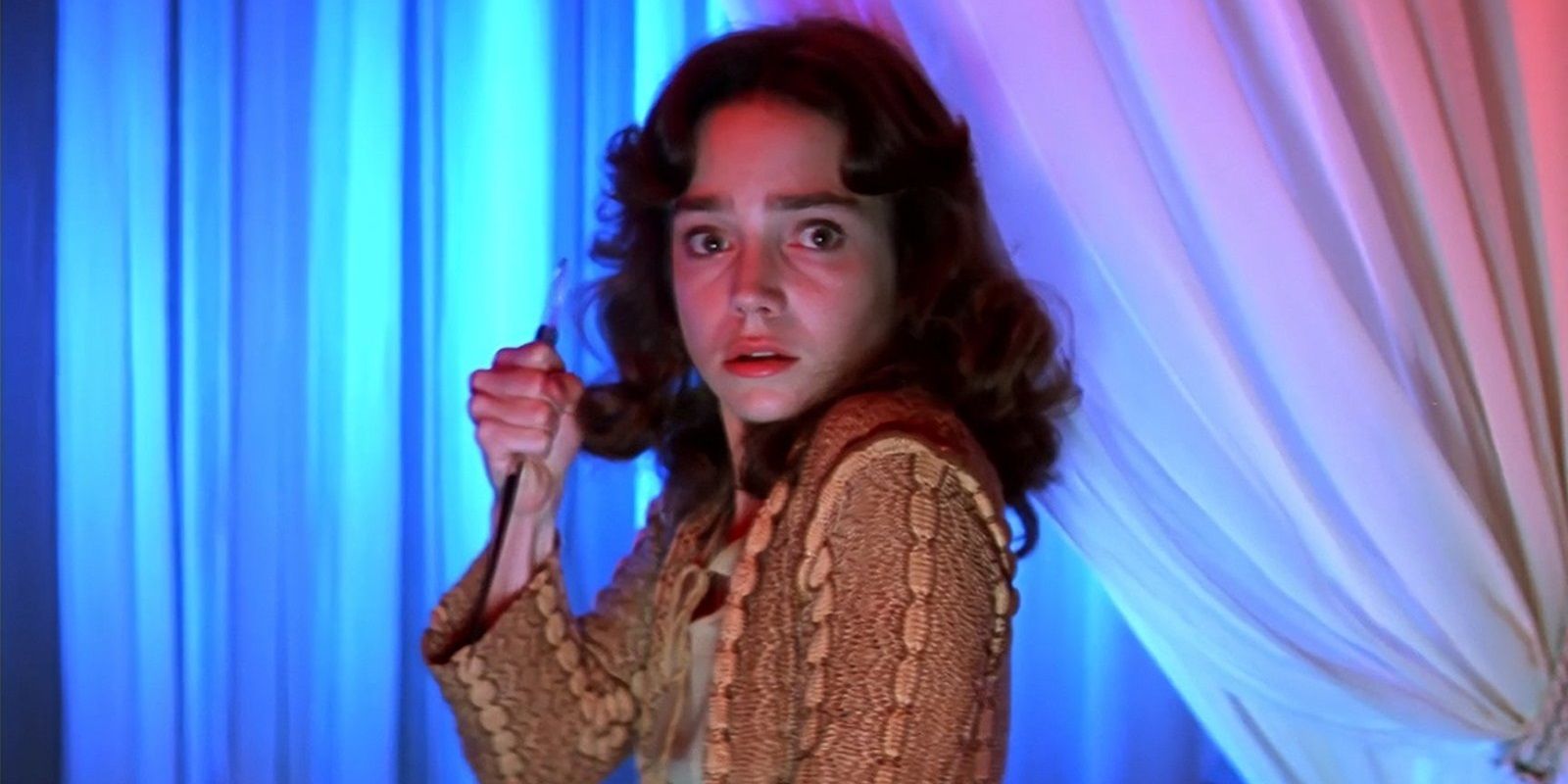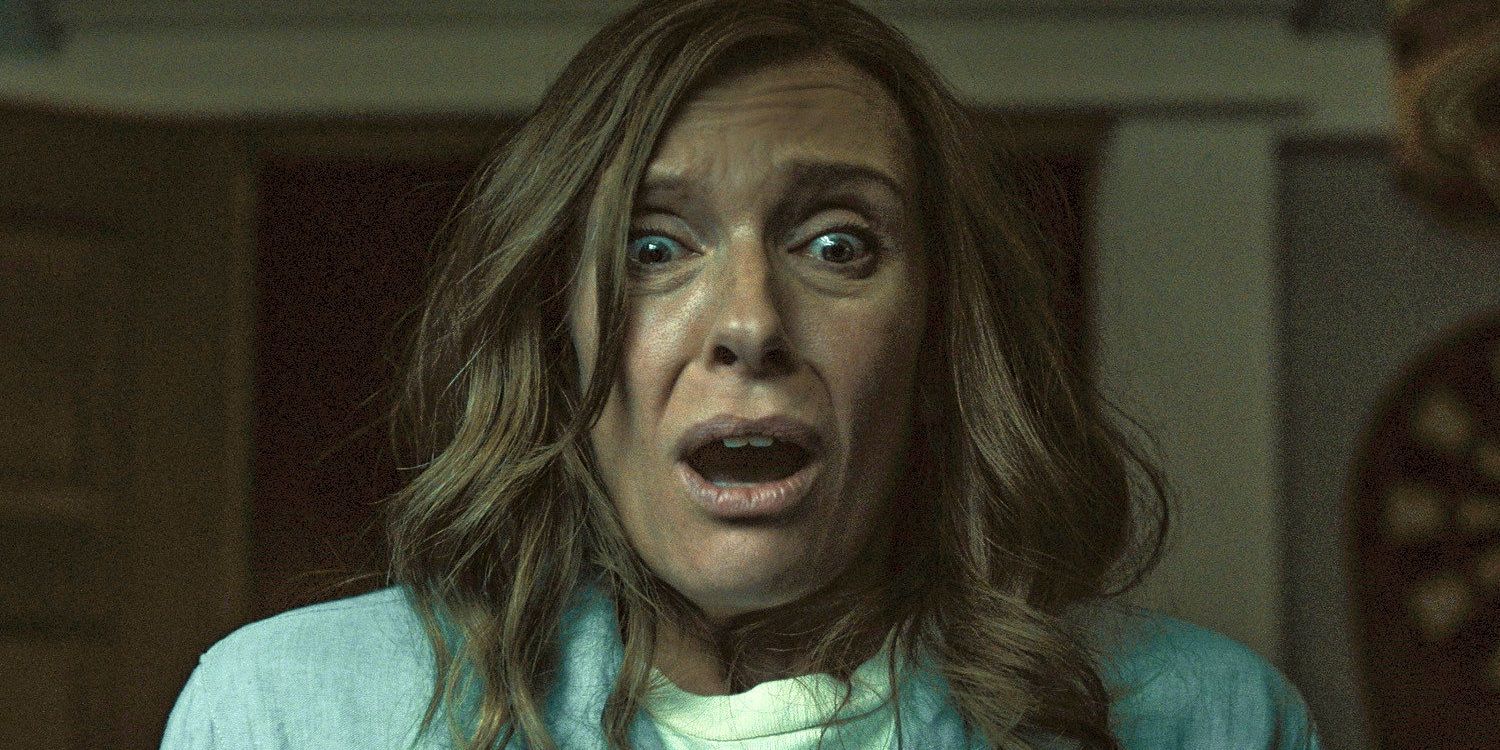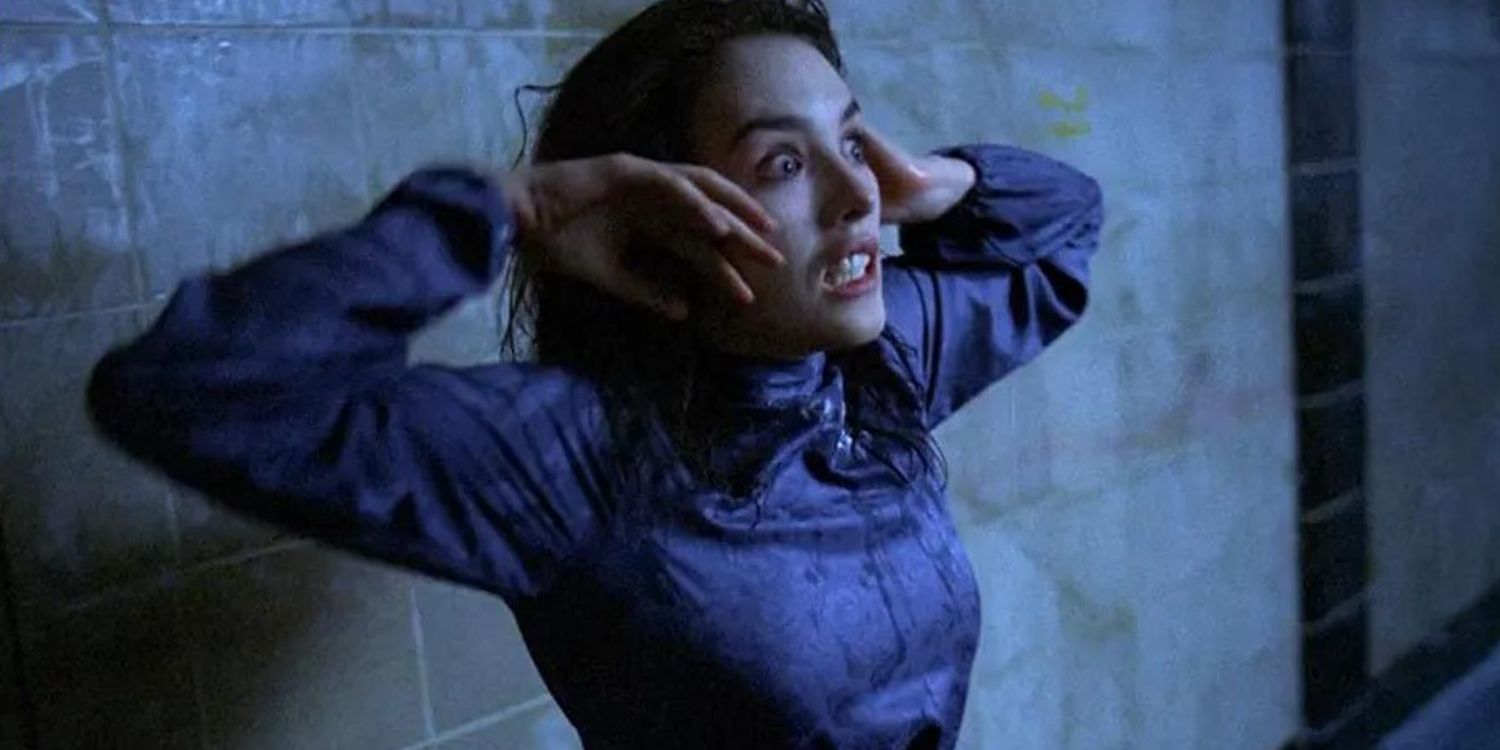Horror enthusiasts who appreciate Stanley Kubrick’s The Shining will find a treasure trove of similarly captivating films to explore. Initially met with a lukewarm reception and labeled a box office failure, The Shining has evolved into a revered classic over the years. Nearly fifty years after its theatrical debut, it remains an unparalleled source of terror within the horror genre. Its profound influence on contemporary horror filmmakers is undeniable; however, many attempts to replicate its brilliance often fall short of the Kubrickian standard that set the bar high.
The Shining stands alone as a unique masterpiece in horror cinema; however, there are other films that capture its distinct vision, cerebral tone, or thematic elements that fans should not miss. For instance, It Comes at Night is an intense psychological thriller that explores the fraught relationships among its characters under duress. Similarly, The Lighthouse delves into the minds of its protagonists as they grapple with isolation, while Doctor Sleep serves as a direct sequel to The Shining, seamlessly continuing the narrative established in Kubrick’s adaptation.
10
Doctor Sleep: A Haunting Continuation of The Shining
The most compelling film to watch after experiencing The Shining is undoubtedly its sequel, Doctor Sleep. Directed by Mike Flanagan, this adaptation draws from Stephen King’s follow-up novel, skillfully intertwining elements from both the original book and Kubrick’s iconic film. Ewan McGregor takes on the role of an adult Danny Torrance, who harnesses his powerful “shining” ability in a quest to protect a young girl from a nefarious cult. As the narrative unfolds, he returns to the haunting Overlook Hotel, where Flanagan brilliantly conjures familiar, chilling imagery reminiscent of Kubrick’s vision.
9
The Dead Zone: A Gripping Exploration of Psychic Trauma
In addition to The Shining, there are numerous other classic adaptations of Stephen King’s work that would pair beautifully as a double feature. Among them, The Dead Zone stands out as an exceptional film, directed by the visionary David Cronenberg, which explores another compelling supernatural ability. Following an accident, Christopher Walken’s character awakens from a coma with the unsettling power to foresee the deaths of others when he touches them. Much like The Shining, The Dead Zone could easily transcend its horror elements, functioning equally well as a potent drama that delves into the human experience.
8
The Lighthouse: An Isolation-Fueled Descent into Madness
At its essence, The Shining tells a haunting tale of individuals spiraling into madness while isolated from the outside world. Robert Eggers’ The Lighthouse presents a similar narrative, set not in a snow-blanketed hotel, but within the confines of a desolate lighthouse besieged by tumultuous waves. The film features Robert Pattinson and Willem Dafoe as two lighthouse keepers who, deprived of human interaction, begin to resent and turn on one another. Like The Shining, The Lighthouse is rich with disturbing imagery and dark humor, highlighting the fragility of the human mind.
7
Don’t Look Now: A Grieving Couple’s Descent into Horror
The Shining intricately weaves a narrative about a traumatized family seeking solace in a new environment, only to find their past horrors haunting them anew. This theme resonates powerfully in Nicolas Roeg’s Don’t Look Now, where a couple, grappling with the grief of losing their daughter, relocates to Venice to restore a church and heal. The film is a poignant exploration of trauma manifesting as horror, encapsulating the idea that the monsters we face often represent our deepest emotional wounds. The unsettling conclusion of Don’t Look Now remains one of horror cinema’s most haunting moments.
6
It Comes At Night: A Gripping Tale of Quarantine and Paranoia
What truly differentiates The Shining from its horror counterparts is its somber, introspective tone and deliberate pacing. The film delves deeply into the psychological conflicts that drive the characters apart, rather than merely focusing on the supernatural elements that haunt them. This thematic depth is mirrored in Trey Edward Shults’ It Comes at Night, which presents a narrative that initially appears to be a typical horror setup. The film centers around two families forced to coexist amid a deadly outbreak, yet it prioritizes the psychological rifts that emerge among them, effectively turning distrust into a contagious ailment of its own.
5
Eraserhead: A Nightmarish Journey into the Human Psyche
Before embarking on the production of The Shining, Kubrick showcased David Lynch’s surreal debut feature Eraserhead to his cast and crew, setting the tone for the unsettling atmosphere he aimed to create. Despite their differing narratives, both films share a strikingly similar stylistic approach. Eraserhead, like The Shining, employs simple yet profoundly effective techniques to elicit fear, twisting the mundane into something grotesque and layering ambient soundscapes that envelop the viewer. Both films are unforgettable experiences that transcend traditional genre boundaries and remain significant works of art in cinema.
4
Room 237: Unraveling the Intriguing Theories Behind The Shining
With a wealth of fan theories surrounding The Shining, Rodney Ascher successfully crafted a feature-length documentary titled Room 237, dedicated to exploring these interpretations. The film examines various readings of The Shining, ranging from analyses that link it to the Holocaust and the mistreatment of Native Americans to theories suggesting it is Kubrick’s confession regarding the faked Moon landing. Serving as an essential companion to The Shining, Room 237 is a must-watch for anyone seeking to unpack the complexities and deeper meanings embedded within Kubrick’s cinematic masterpiece.
3
Suspiria: A Visually Stunning and Haunting Experience
One of the top contenders for the title of the greatest horror film ever made, alongside The Shining, is Dario Argento’s visually arresting masterpiece, Suspiria. This film follows an American ballet student who arrives at a prestigious dance academy in West Germany, only to uncover the sinister reality that the institution is a front for a coven of witches. Argento shares Kubrick’s talent for crafting deeply unsettling visuals and, like Kubrick, is unafraid to leave certain elements ambiguous, inviting viewers to draw their own conclusions. Suspiria is as intellectually engaging and visually stunning as The Shining.
2
Hereditary: A Masterpiece of Family Horror and Grief
The brilliance of The Shining lies in its ability to utilize disturbing horror imagery as a reflection of the profound dysfunction within a fractured family. Kubrick’s innovative approach has made a lasting impact on the horror genre, evident in recent films like Ari Aster’s Hereditary. This film masterfully intertwines supernatural terror with the deep emotional turmoil experienced by a family grappling with their grief. Hereditary is not only a terrifying horror film; it also resonates as a poignant family drama, showcasing Toni Collette’s Oscar-worthy performance and Aster’s remarkable balance of fear and tragedy.
1
Possession: An Unforgettable Exploration of Marital Horror
Much like Kubrick’s exploration of horror tropes to depict the anxiety and strain of marital conflicts in The Shining, Andrzej Żuławski intensifies the psychological horror in Possession, focusing on a couple navigating the tumultuous waters of divorce. The harrowing experience of being trapped in a toxic relationship mirrors the sensation of being possessed by a malevolent entity, and Possession magnifies this parallel in a spectacular fashion. Isabelle Adjani delivers a tour de force performance in the infamous subway scene, which serves as a haunting visualization of the pain and turmoil faced by those ensnared in a destructive relationship, akin to Wendy Torrance’s struggles with Jack.
There are countless exceptional films that echo the themes and stylistic elements present in The Shining. Many visionary horror films explore traditional ghost stories through a surreal and thought-provoking lens. However, no other film encapsulates the raw dread, striking cinematography, and deeply psychological torment of The Shining quite like Possession. The film is so profoundly unsettling that it faced bans and earned the notorious label of “video nasty.”
<source media="(min-width: 0px)" data-srcset="https://static1.srcdn.com/wordpress/wp-content/uploads/201




